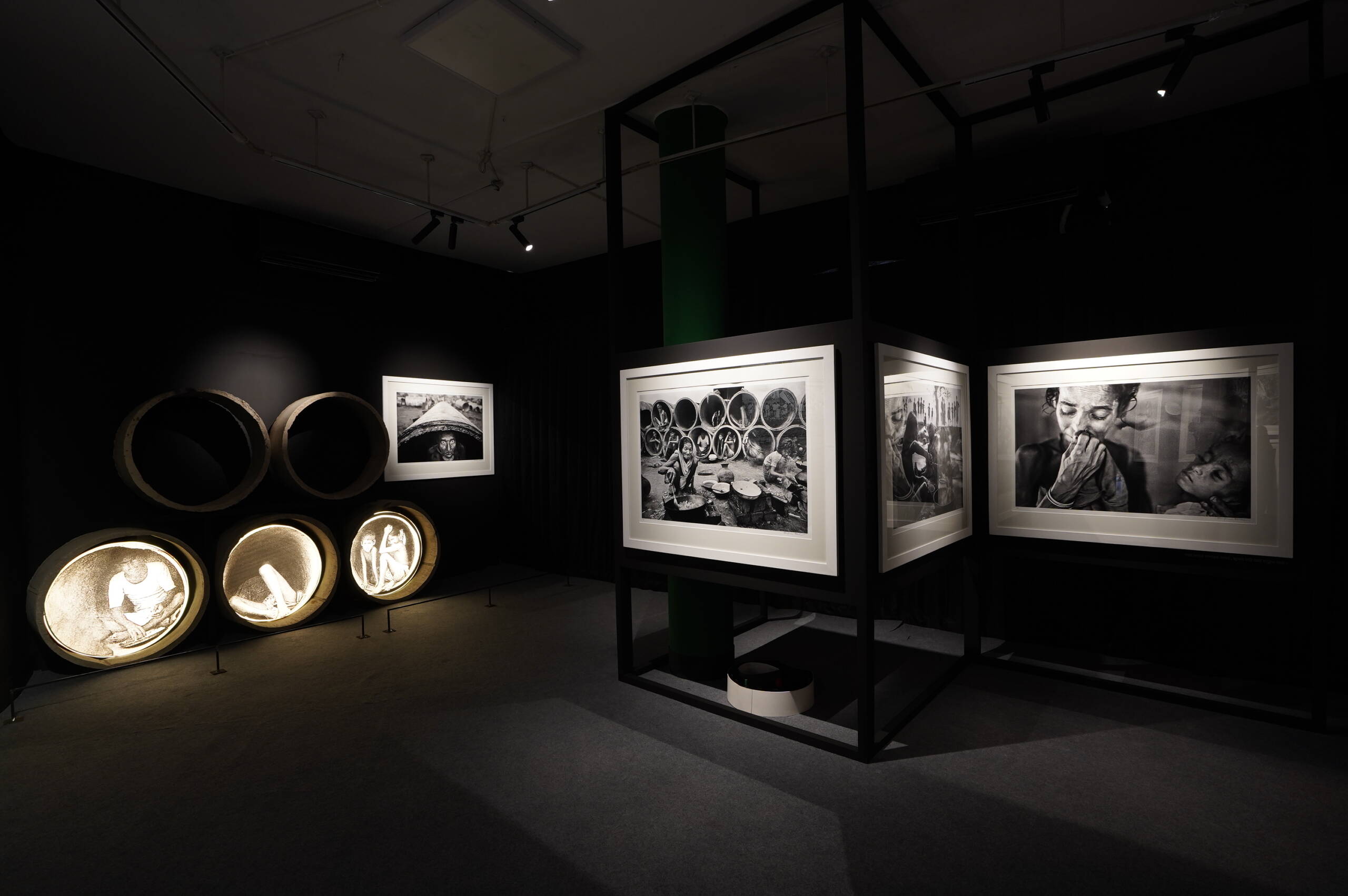
Raghu Rai’s exhibition, “Rise of a Nation”. Rai’s photo essays are featured in TIME, LIFE, Geo, The New York Times, The Sunday Times, Newsweek, The Independent and The New Yorker.
Celebrated Magnum Photographer Raghu Rai shed photographic light on one of the biggest refugee exodus in history following the 1971 Bangladesh Liberation War. Now, the Durjoy Bangladesh Foundation (DBF), in collaboration with the Raghu Rai Foundation, shed necessary light on him, launching “Rise of a Nation”, a book and accompanying exhibition which features this photography. LUX takes a look
It was by chance that Raghu Rai, then a qualified Civil Engineer, started photography in 1965. Since then he has photographed across the world, been nominated by Henri Carter-Bresson to the esteemed Magnum Photos and used photography to document, expose and express extremely delicate, painful matters. He went to a war zone in 1971, walking endless along freedom fighters (Mukti Bahraini) and Indian forces on the battlefield.
Cemented in the book “Rise of a Nation” are photographs that were, until now, unpublished. They come from his 1971 series on the War of Liberation, archiving the memory of these events of destruction, violence, pain and hope with both technical skill and vast sensitivity. Indeed, are the two entirely separate?
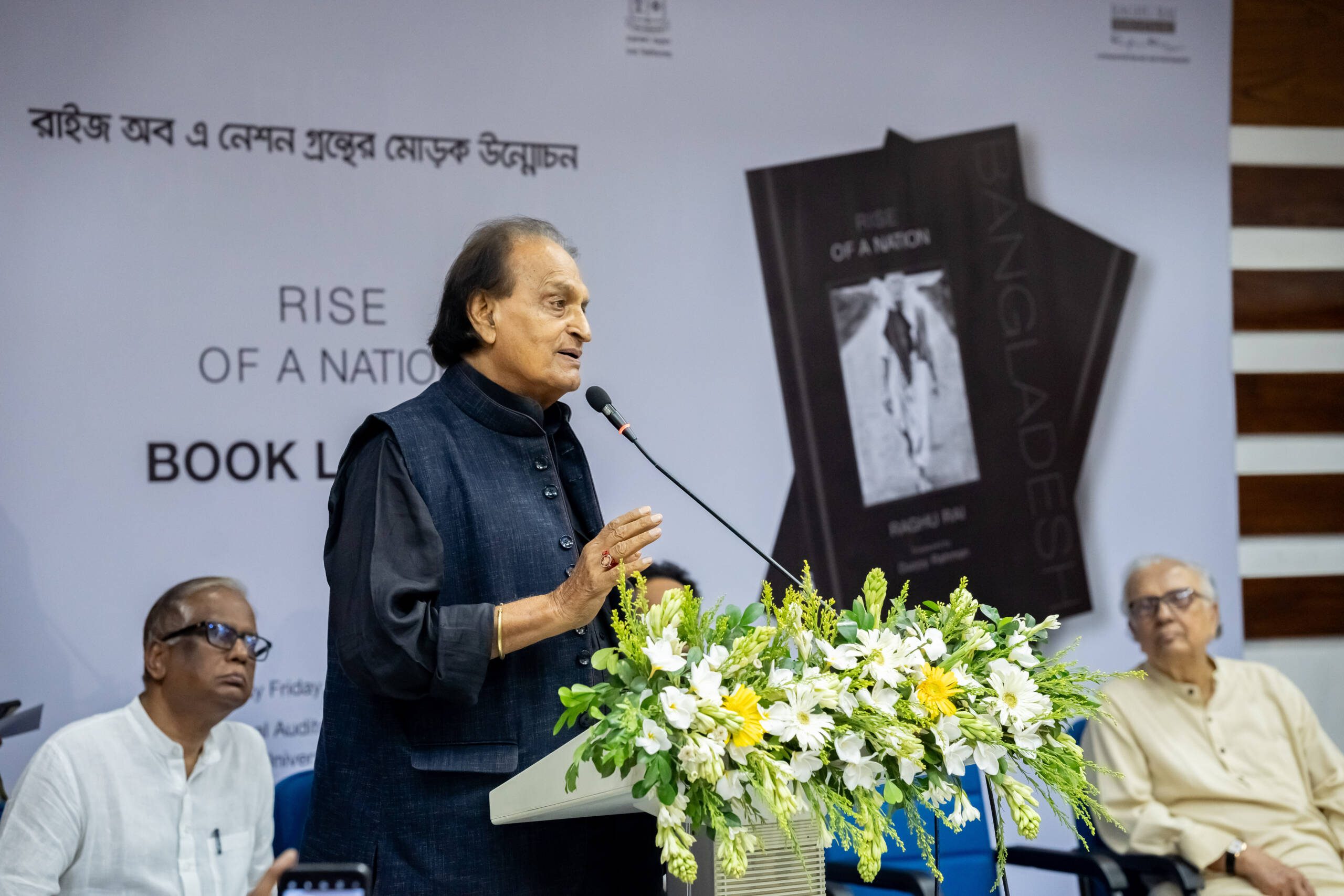
Raghu Rai at the opening of his exhibition. In the last 18 years, Rai has specialized in extensive coverage of India, producing books, including ‘Raghu Rai’s Delhi’, ‘The Sikhs’, ‘Calcutta’, ‘Khajuraho’, ‘Taj Mahal’, ‘Tibet in Exile’, ‘India’, and ‘Mother Teresa’.
In our narrative-based nature, physically crafted lines can become storylines. Such can be seen in the exhibition marking the 75th anniversary of the Faculty of Fine Art, University of Dhaka, taking place at the Zainul Gallery. As the curator of the exhibition Zihan Karim notes, one can read ‘profound human stories etched on the faces of refugees’ in his photography. Etching is the word for Rai. See women, for instance, scarred by pain and weather, etched with the sharp lens, and a keen eye for light, head cocked slightly to the left in weary pain, teary, eyes glancing up and leaking tears across his lines.
Read more: Maria Sukkar and Durjoy Rahman on supporting artists from your hometown
Among much of his documentary and investigatory photography essay, Rai does seem etches stories with his photographs. But he also reveals how good photography is vast and nimble, hopping across styles akin to watercolour images of smoother composition or dynamic charcoal. And these lines, this technical skill, seems fundamental to his sensitivity and expression of this turning point in South Asian history.
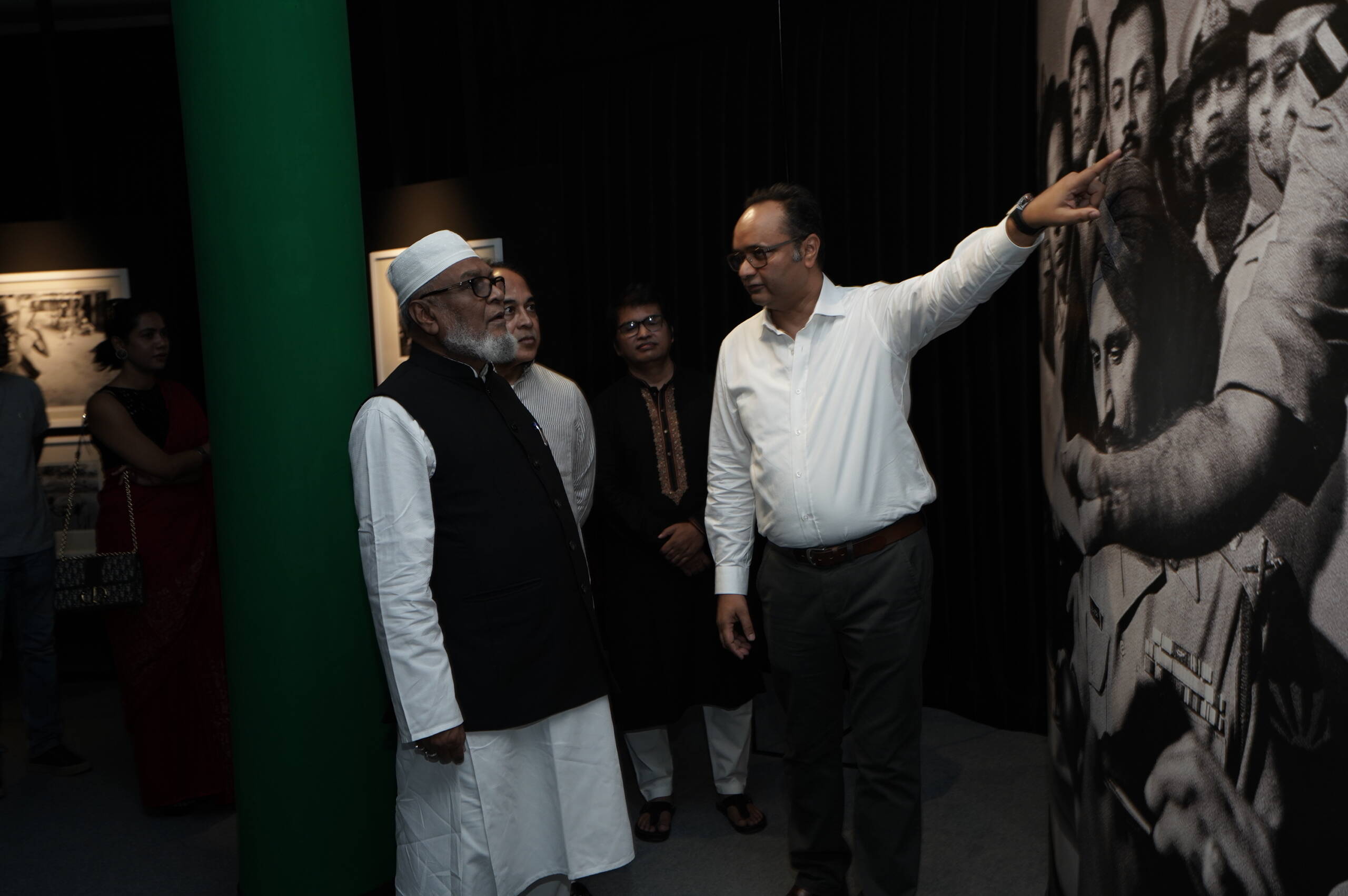
Durjoy Rahman, right, founded the Durjoy Bangladesh Foundation in 2018 to promote and elevate South Asian Art
‘Over ten million Bangladeshis fled to neighbouring India,’ as Karim notes, ‘to escape the brutal violence perpetrated by the Pakistani military.’ Rai follows these, across camps, waiting, starving, trudging on foot and across the sea, glancing glazed over in crisis.
Follow LUX on Instagram: luxthemagazine
Rai’s etching and lines and storylines are at once tied to such a specific moment – the 1971 Bangladesh Liberation War – and universal, timeless. They provide templates of stories that could not be more relevant today.
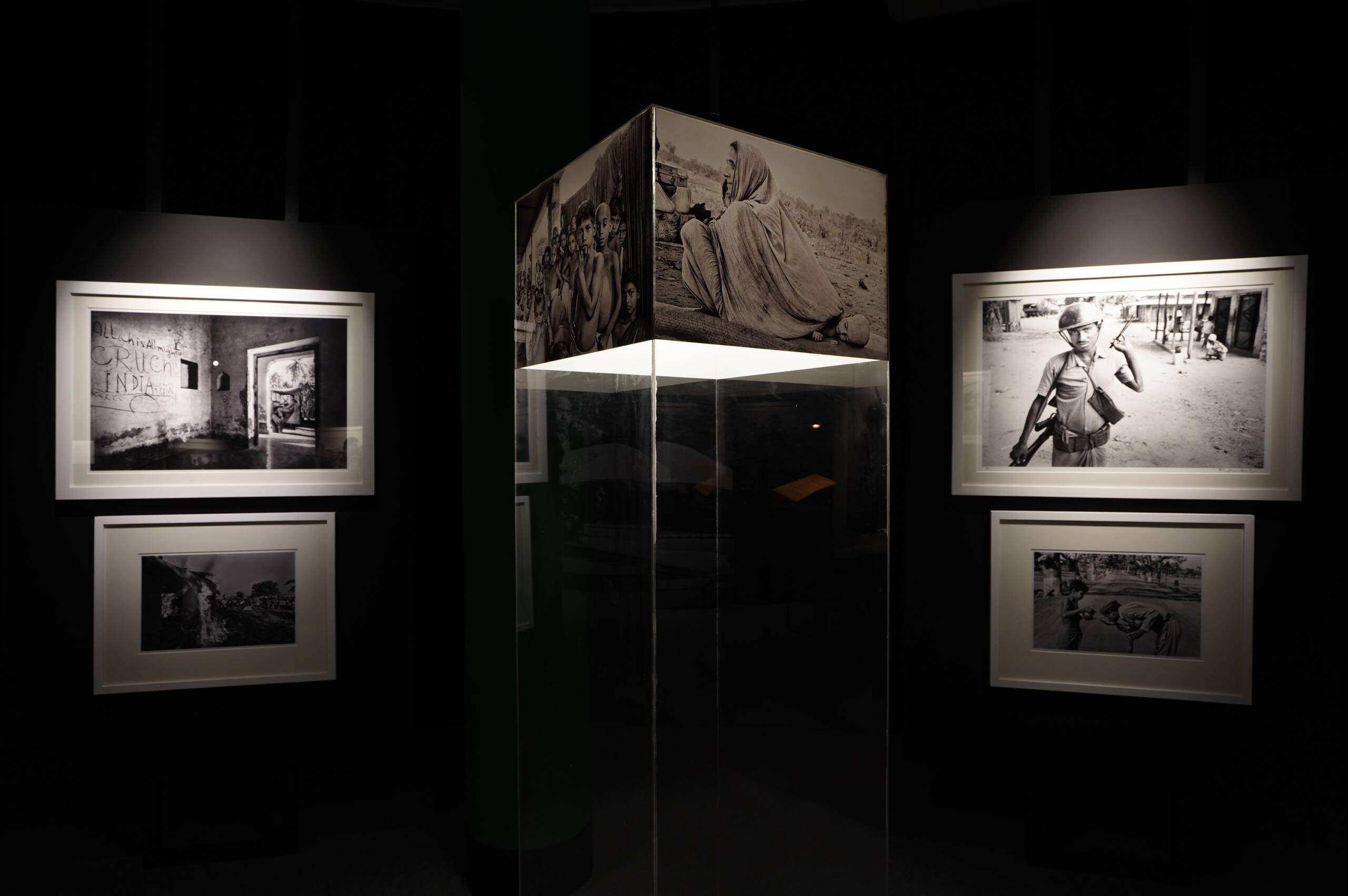
The Bangladesh Liberation War, also known as the Bangladesh War of Independence, or simply the Liberation War in Bangladesh, was the revolution and war sparked by the rise of the Bengali nationalist and self-determination movement in Pakistan, which led to the independence of Bangladesh.
As Karim notes, the world faces ‘an unprecedented displacement crisis, with over 82 million people forcible displaced’. Political upheaval, climate change, forced migration. Durjoy Rahman, philanthropist, art collector and Founder of the Durjoy Bangladesh Foundation which co-published this book, aptly adds to this. ‘The theme of this photography exhibition is not only about the freedom and struggle of our own but also a response to the ongoing genocide in Myanmar and Palestine.’
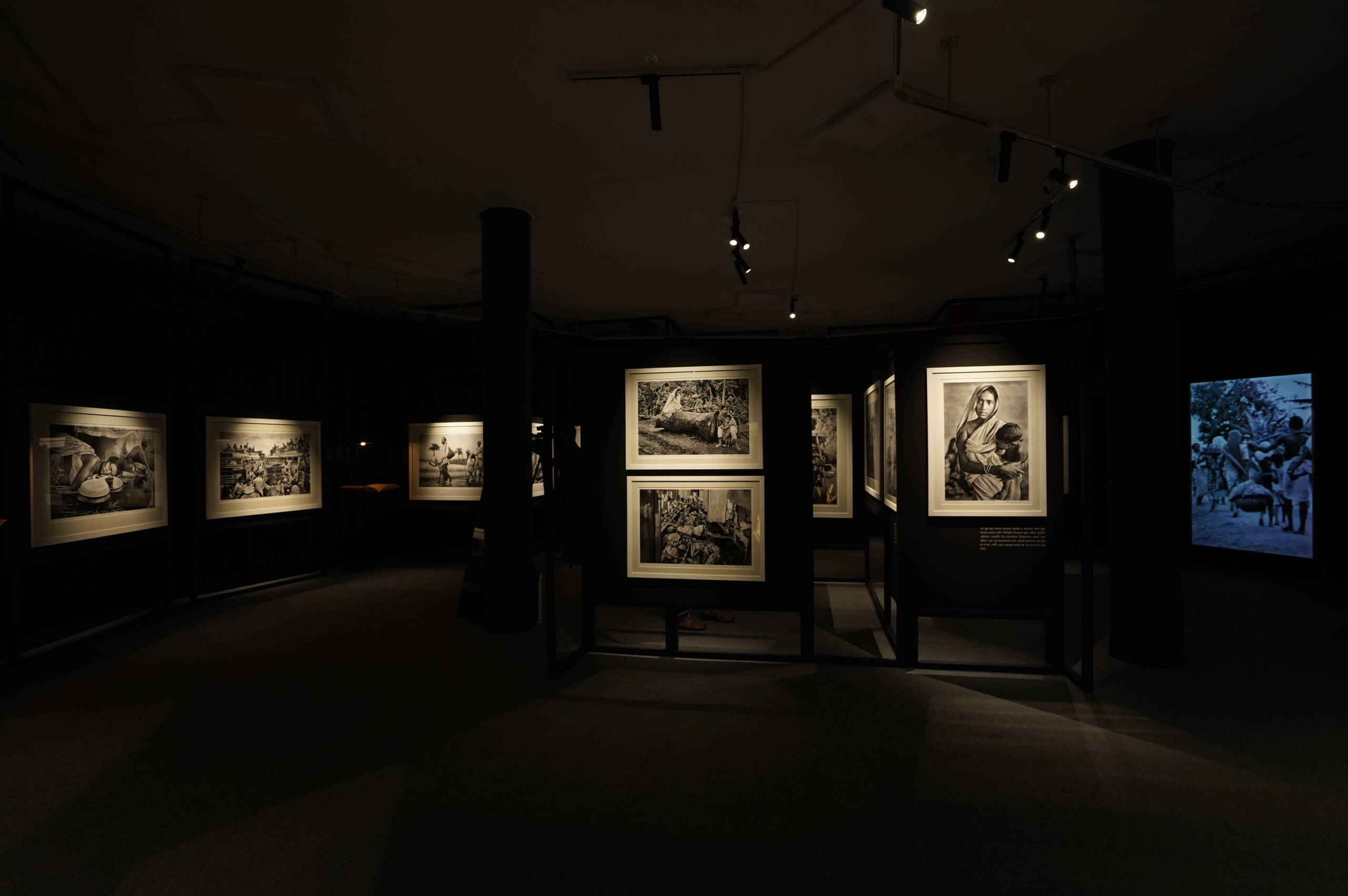
Among Rai’s photography reporting worked on a documentary project for Greenpeace on the chemical disaster at Bhopal in 1984, and on its ongoing effects on the lives of gas victims
Rai carves light and lines, revealing stories of the horrific effects war in 1971, and these, in turn, springboard one to the present. As Rahman aptly notes, ‘Future generations of our country must remember the price of freedom. Wherever and whenever war breaks out, death, destruction, displacement, despair, and dishonour are universal. Peace is the only battle worth waging.’
Rai’s photography attest to this, offering a painful, exquisite glimpse of stories past and current.
See More:

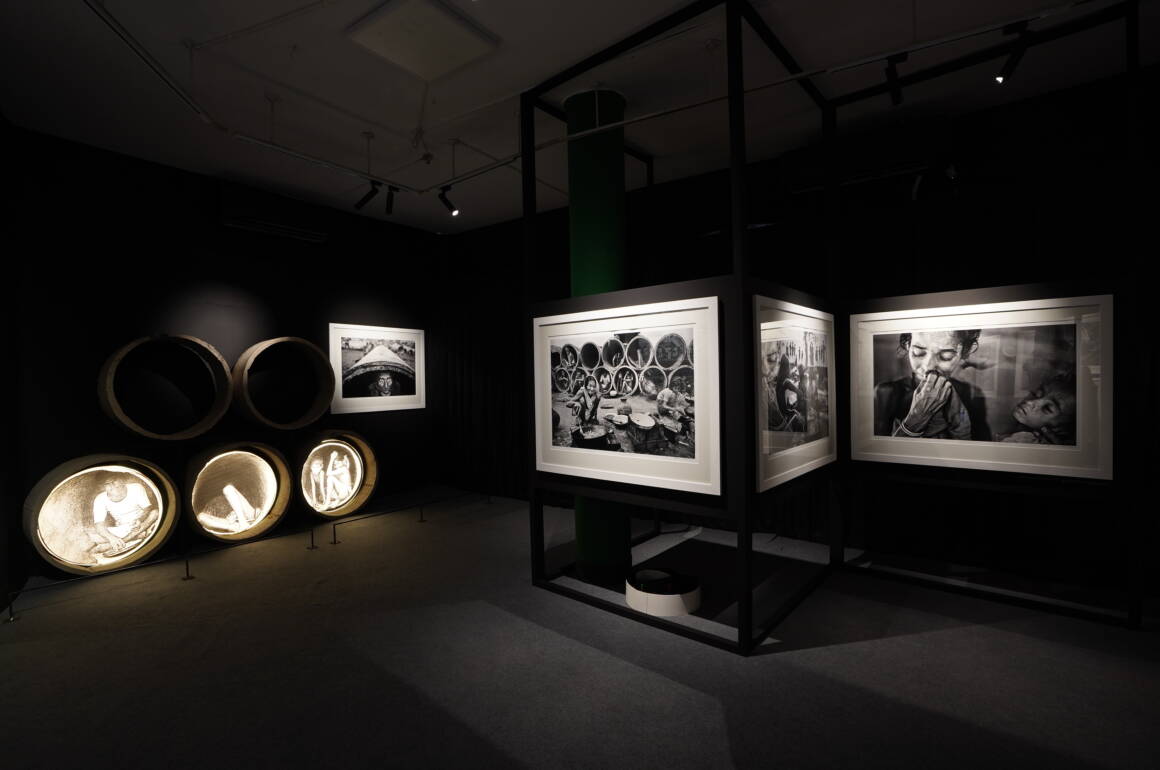





Recent Comments